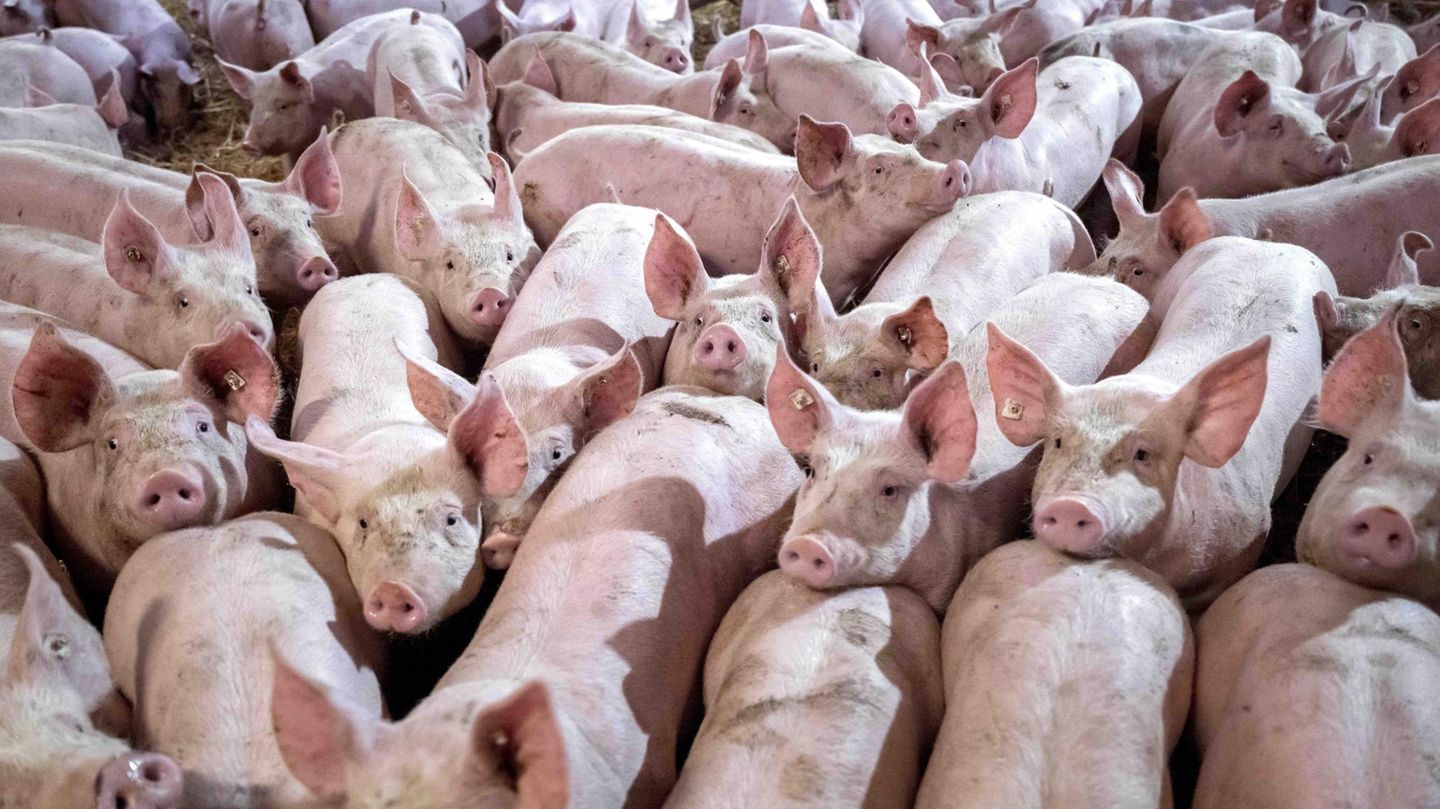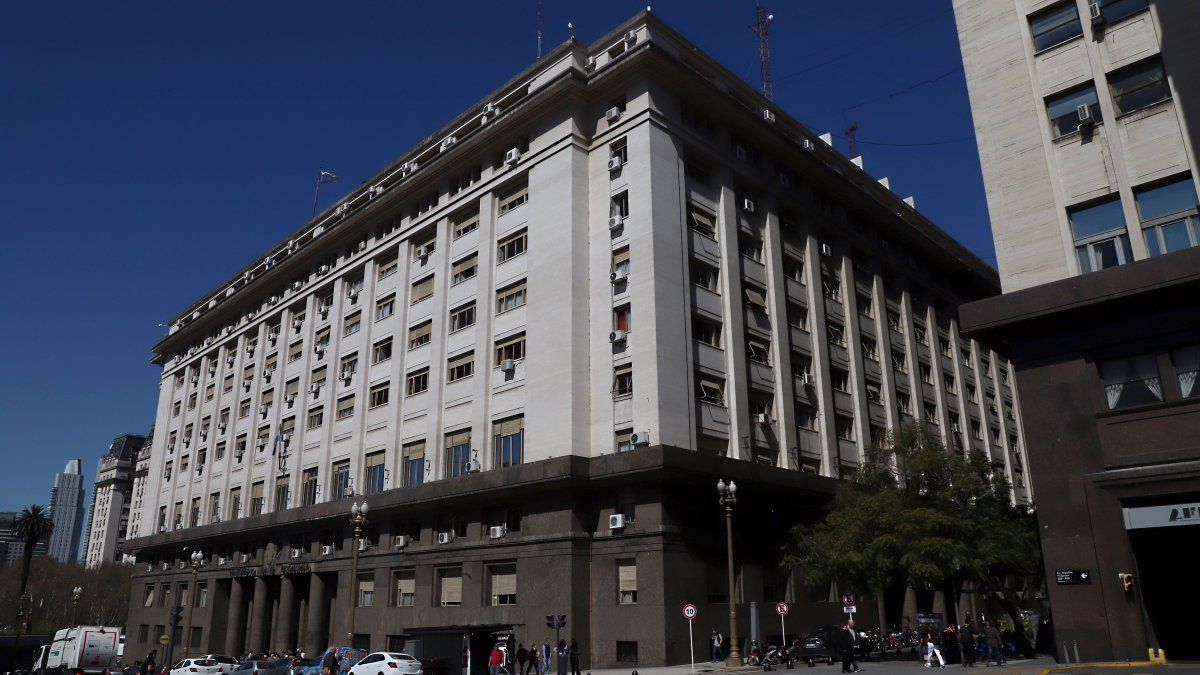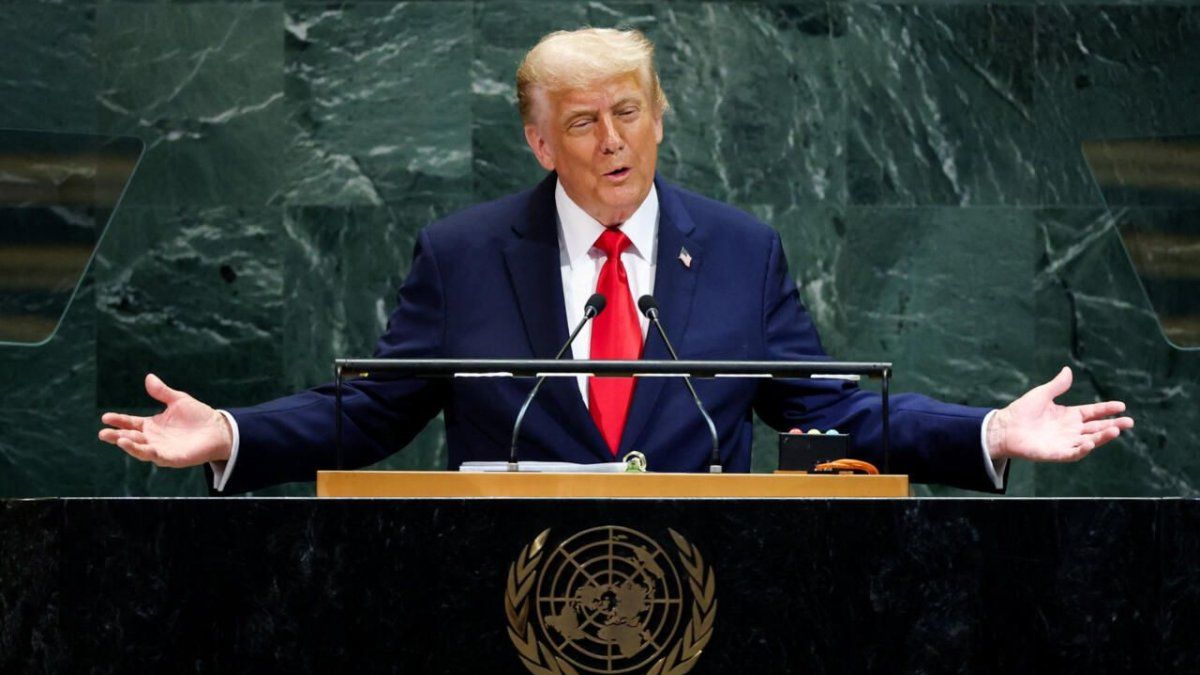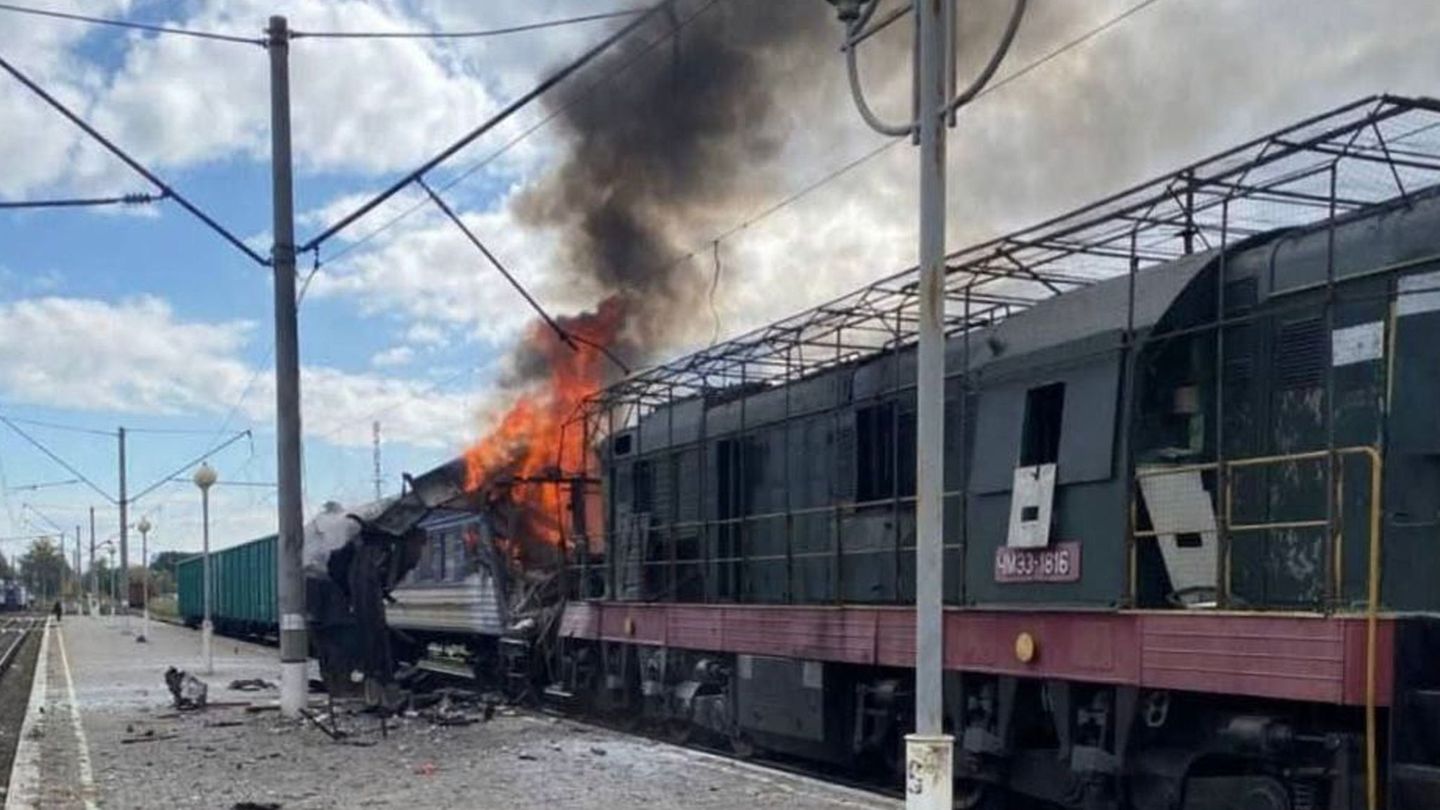For a long time there has been a struggle for an official label that indicates when buying meat: How did the pig once live in the barn? So far, all attempts to do so have failed – but now the way has been paved.
It should soon be worth taking a closer look at schnitzels and steaks in the supermarket – at a new black and white logo on many packaging. After years of tugging, the Bundestag decided on Friday for a state label that shows the conditions in animal husbandry when buying meat. Agriculture Minister Cem Özdemir (Greens) wants to start making mandatory declarations this year, and in the first step with fresh pork in the trade. More products and sales channels should then follow quickly. There was sharp criticism from the opposition and animal rights activists.
Özdemir said each package should state step by step how the animal was kept. At the same time, the farmers’ performance is made visible. “They get money for it if they opt for higher forms of husbandry.” The law should become binding in 2024, and the logo could be introduced voluntarily this year. SPD expert Susanne Mittag emphasized the high level of trust in state labeling that will influence purchasing decisions. For the FDP, Ingo Bodtke spoke of a cornerstone for a market-based further development of animal husbandry.
Criticism of the new animal husbandry label
The German Animal Welfare Association complained that the law did not help “a single animal to a better life”. With the lower levels, “keeping systems that are clearly contrary to animal welfare” would be sealed by the state. The Four Paws organization only complained about a “silly ‘plus’ of a few square centimeters more space in the second stage”. With non-transparent designations, a steering effect towards the consumption of products with less animal suffering is hardly possible. Ina Latendorf (left) demanded that the labeling must show the entire life cycle of the animals. “Everything else is consumer deception.”
The marking: A system with five categories is planned when piglets are fed after rearing. It begins with the “stable” type of housing with the minimum legal requirements. Among other things, the “Barn+Space” level specifies 12.5 percent more space, the “Fresh Air Barn” level provides contact with the outside climate, for example with open barn sides. In addition, there are the levels “outdoor/pasture” and “organic”. It is about mandatory labeling of domestic products of all types of husbandry. Özdemir’s predecessor Julia Klöckner (CDU) had followed another approach: a voluntary label, but only for a better attitude above the minimum standard. But that failed.
The logo: The labeling should look objective and sober: a white, slightly rounded rectangle in which “animal husbandry” is written in a black frame. The housing form should then display a smaller rectangle filled with black – with five small rectangles for the five categories. In the case of mixed products such as minced meat or large packs of meat from different husbandry types, percentages can also appear in the small rectangles: for example “70% stable” and “30% stable+space”. If one form of husbandry dominates with at least 80 percent, only this can be marked on the imprint.
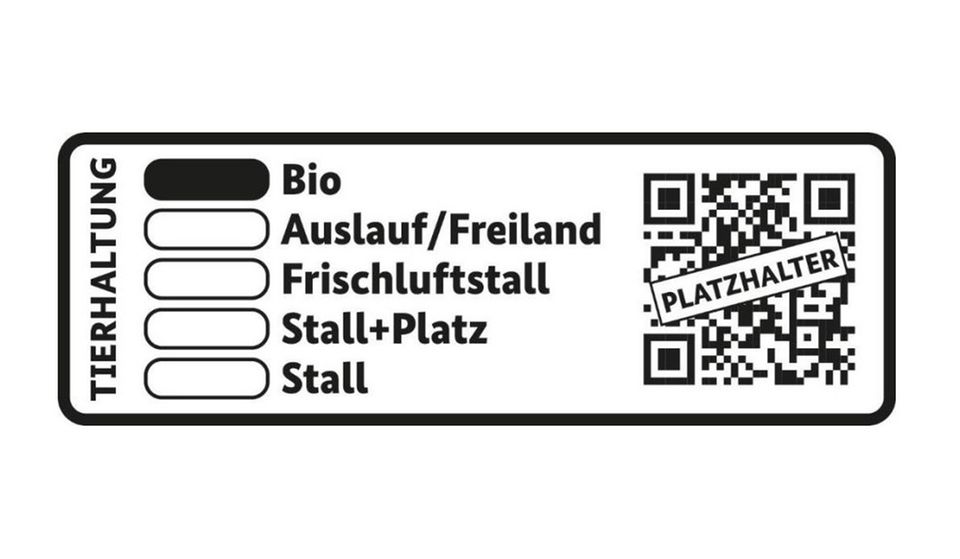
The top dog: In the refrigerated counters, the future state logo meets established competition. Since 2019 there has been a widespread labeling of the supermarket chains with the imprint “Haltungform”. It has the numbers 1 to 4 on the labels for four different levels and the colors red, light blue, orange and green. Many customers are now familiar with the system, which is likely to remain in place for a long time to come – especially since it already includes products from poultry and cattle in addition to meat from pigs.
The Perspectives: Özdemir justified the gradual introduction in order to make the logo true at all after previous unsuccessful attempts – but it should continue quickly. According to the will of the coalition partners, an expansion to processed goods such as sausages and gastronomy is to be tackled before the end of this year – as well as breeding boars, sows and piglets. After that, other animal species are to follow in this electoral period until 2025. A more extensive labeling based on the country of origin is also under consideration.
The funding: The logo is intended to support the change to higher forms of husbandry through the possibility of targeted purchases. At the cost and expense of doing this, however, the farmers should not be left to their own devices. The traffic light coalition initially reserved one billion euros as start-up financing. But that’s only enough for the first few years and for pigs. A very basic, reliable financial solution for other animal species will continue to be sought for the time being. According to expert recommendations, an “animal welfare tax” on animal products is under discussion. A surcharge of 40 cents per kilogram of meat would be conceivable.
The stables: In addition to labelling, other elements are to be used to change animal husbandry towards higher standards. The Bundestag has therefore also decided to ease the building law for stables. They should be possible if systems for the three upper types of husbandry “fresh air stable”, “run/pasture” and “organic” are redesigned. In order to offer each animal more space, farmers should be able to build larger, as long as the maximum number of animals remains the same.
Source: Stern
I have been working in the news industry for over 6 years, first as a reporter and now as an editor. I have covered politics extensively, and my work has appeared in major newspapers and online news outlets around the world. In addition to my writing, I also contribute regularly to 24 Hours World.

